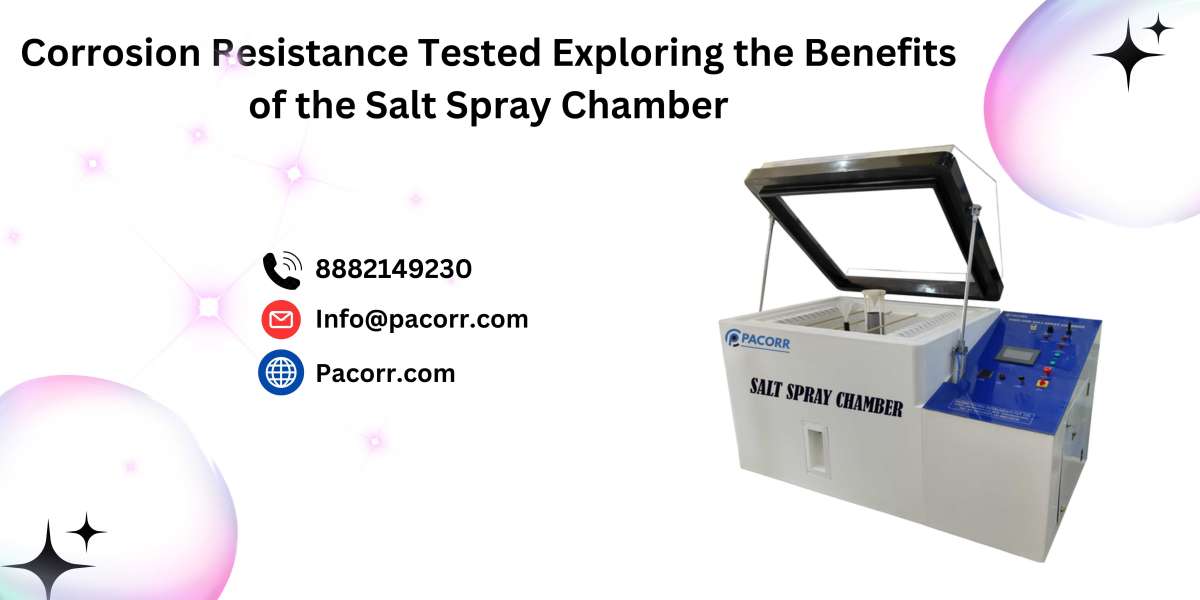In the realm of cooling and refrigeration, two key players have been making waves for their efficiency and environmental impact: Heptafluoropropane (HFC-227EA) and the R410 refrigerant. These substances have become integral in keeping our homes and businesses comfortably cool while also addressing environmental concerns.
Heptafluoropropane, often referred to as HFC-227EA, is a synthetic, colorless gas known for its fire-suppression properties. However, its utility extends beyond fire safety to the realm of cooling and refrigeration. HFC-227EA has gained popularity as a replacement for more ozone-depleting substances such as CFCs and HCFCs.
One of the standout features of HFC-227EA is its minimal impact on the ozone layer. Unlike its predecessors, it doesn't contain chlorine atoms, which are known to cause ozone depletion. This makes it an eco-friendly choice for various applications.
In the realm of fire suppression, HFC-227EA is prized for its rapid extinguishing capabilities. It can swiftly suppress fires without leaving behind any residue or damaging sensitive equipment. This versatility has made it a preferred choice for safeguarding critical environments like data centers, where both fire safety and equipment protection are paramount.
R410 Refrigerant:
On the other hand, the R410 refrigerant is a vital component in modern air conditioning systems. It is renowned for its energy efficiency and lower environmental impact compared to its predecessors.
One of the key advantages of R410 is its high coefficient of performance (COP), which translates to more efficient cooling. This means that air conditioning systems using R410 require less energy to produce the same level of cooling, resulting in lower utility bills and reduced carbon emissions.
Furthermore, R410 is a hydrofluorocarbon (HFC), which does not contain chlorine atoms, making it ozone-friendly. This characteristic aligns with international efforts to phase out ozone-depleting substances and mitigate environmental damage.
A Symbiotic Relationship:
While HFC-227EA and R410 serve distinct purposes in fire suppression and air conditioning, respectively, their compatibility highlights their collective impact on environmental responsibility.
In many scenarios, HFC-227EA is used to safeguard sensitive electronic equipment, including the air conditioning systems themselves. In the event of a fire, HFC-227EA's rapid suppression capabilities can prevent damage to these systems, ensuring their continued efficiency. By protecting the cooling equipment, HFC-227EA indirectly contributes to the overall efficiency and longevity of air conditioning systems.
Conversely, the use of R410 in air conditioning systems ensures that the cooling process remains energy-efficient and eco-friendly. This not only reduces energy consumption but also lowers greenhouse gas emissions, furthering the goal of mitigating climate change.
In essence, HFC-227EA and Refrigerant R410 a harmonious partnership in the pursuit of sustainable cooling and fire protection solutions. Their collective benefits, including ozone-friendly properties and energy efficiency, make them a responsible choice for businesses and homeowners alike.
As we strive for a more sustainable and eco-conscious future, the use of HFC-227EA and R410 serves as a prime example of how innovative technology and responsible choices can work hand in hand. These refrigerants and fire suppressants not only provide comfort and safety but also contribute to the preservation of our planet. In the world of cooling and fire protection, this dynamic duo is undoubtedly a cool pairing for a brighter, greener future.








